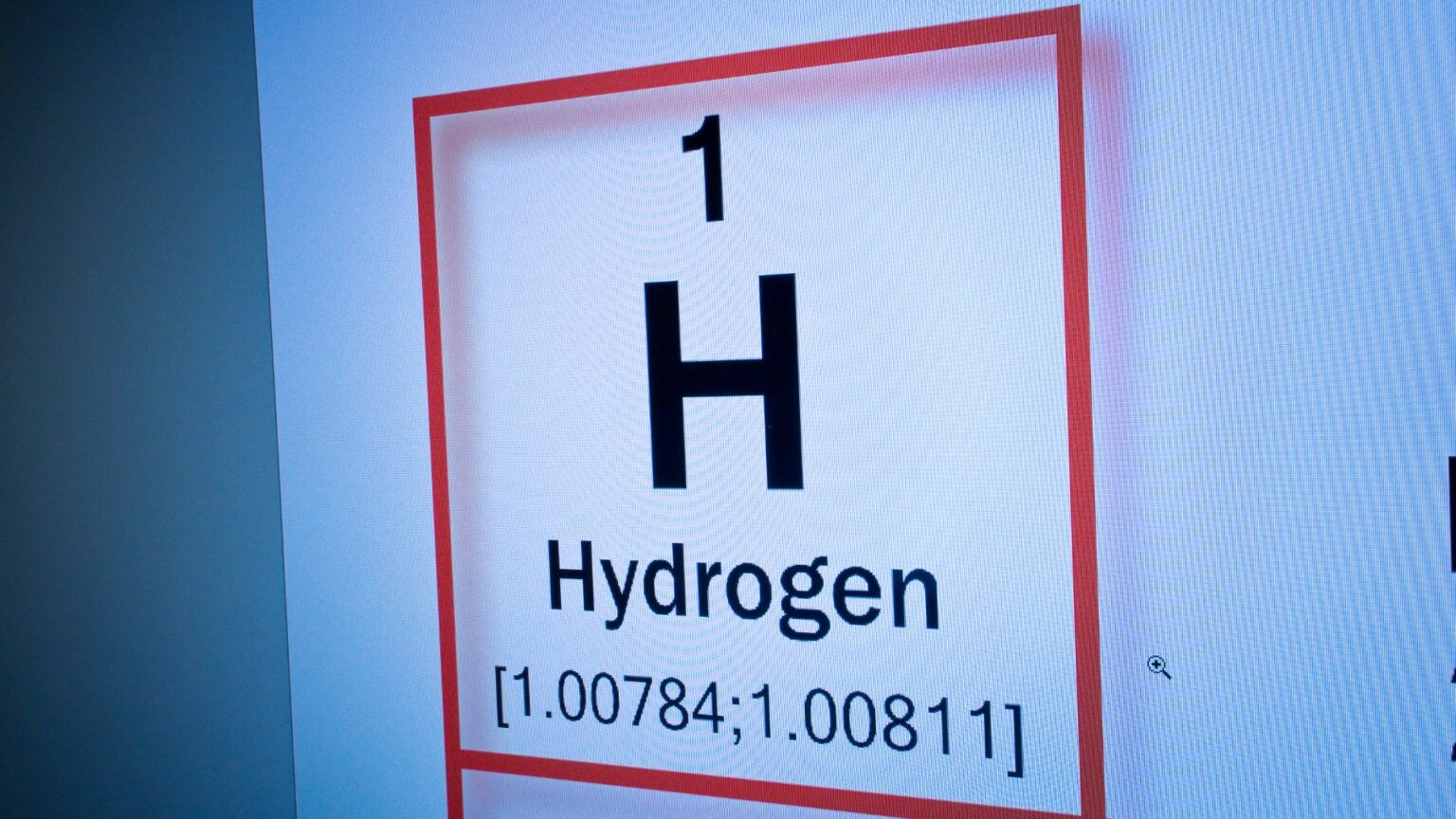Europe’s clean energy transition is increasingly looking south, as Morocco positions itself as a strategic partner for the Netherlands in renewable hydrogen supply.
Dutch projections indicate a need for 300–500 petajoules of green hydrogen by 2050—equivalent to 8–14 million MWh—underscoring the scale required to decarbonize heavy industry, chemicals, and refining. This demand has elevated Morocco’s solar and wind corridors, policy alignment, and proximity to North Sea ports into a competitive advantage for Europe’s industrial hydrogen ambitions.
The Morocco–Netherlands partnership, formalized through a three-year Memorandum of Understanding between the Dutch Ministry of Economic Affairs and Morocco’s Ministry of Energy Transition, aims to transition from pilot projects to bankable hydrogen offtake. The corridor is expected to supply hydrogen for steel production, including direct reduced iron (DRI) facilities at Tata Steel Netherlands, as well as chemical applications like ammonia and methanol. By integrating Moroccan imports with domestic electrolysis and offshore wind, the Netherlands seeks to mitigate price volatility while securing long-term supply.
Several enablers will determine the corridor’s success. Long-term offtake agreements indexed to European carbon pricing could support project financing in Morocco. Certification standards and Guarantees of Origin will ensure the sustainability and traceability of hydrogen molecules. Short-term shipping solutions using ammonia and methanol are likely to bridge early logistics gaps, with pipeline infrastructure envisioned as volumes increase. Joint R&D, port infrastructure upgrades, and cross-border storage projects are expected to further compress timelines and reduce capital costs.
For Morocco, this partnership validates its strategy to monetize abundant renewable resources through hydrogen and e-fuels exports. For the Netherlands, and Europe more broadly, it represents a practical pathway to decarbonize hard-to-abate industrial sectors while maintaining competitiveness. If bankable offtake, certification, and logistical frameworks are established over the next three years, the Morocco–Netherlands corridor could become a benchmark model for trans-Mediterranean clean energy trade.
Stay updated on the latest in energy! Follow us on LinkedIn, Facebook, and X for real-time news and insights. Don’t miss out on exclusive interviews and webinars—subscribe to our YouTube channel today! Join our community and be part of the conversation shaping the future of energy.





